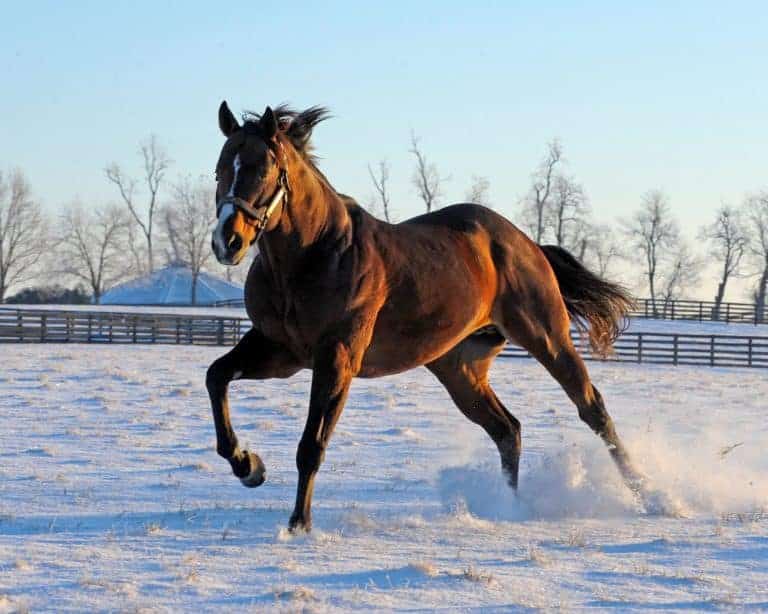Laminitis Pain Might Originate from Different Source
Scottish researchers have discovered that neuropathic pain–damage to the sensory neurons innervating the foot–might play an import role in the chronic pain experienced by laminitic horses.
This finding could explain why horses with















